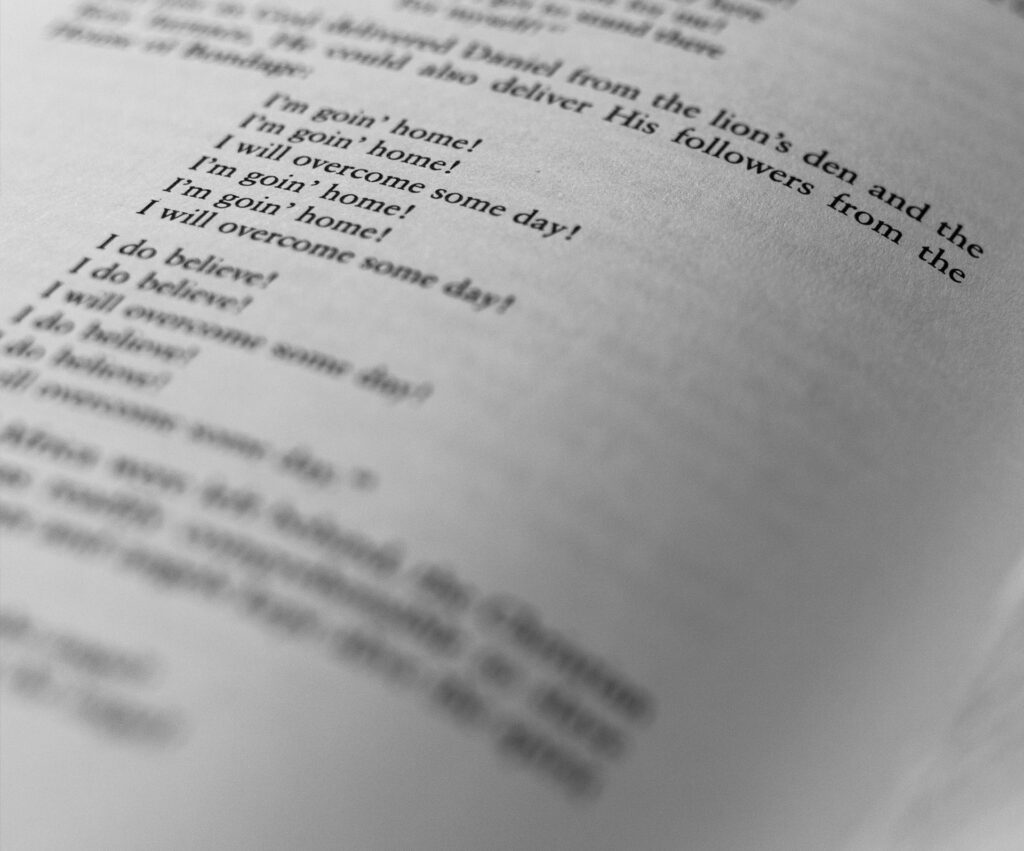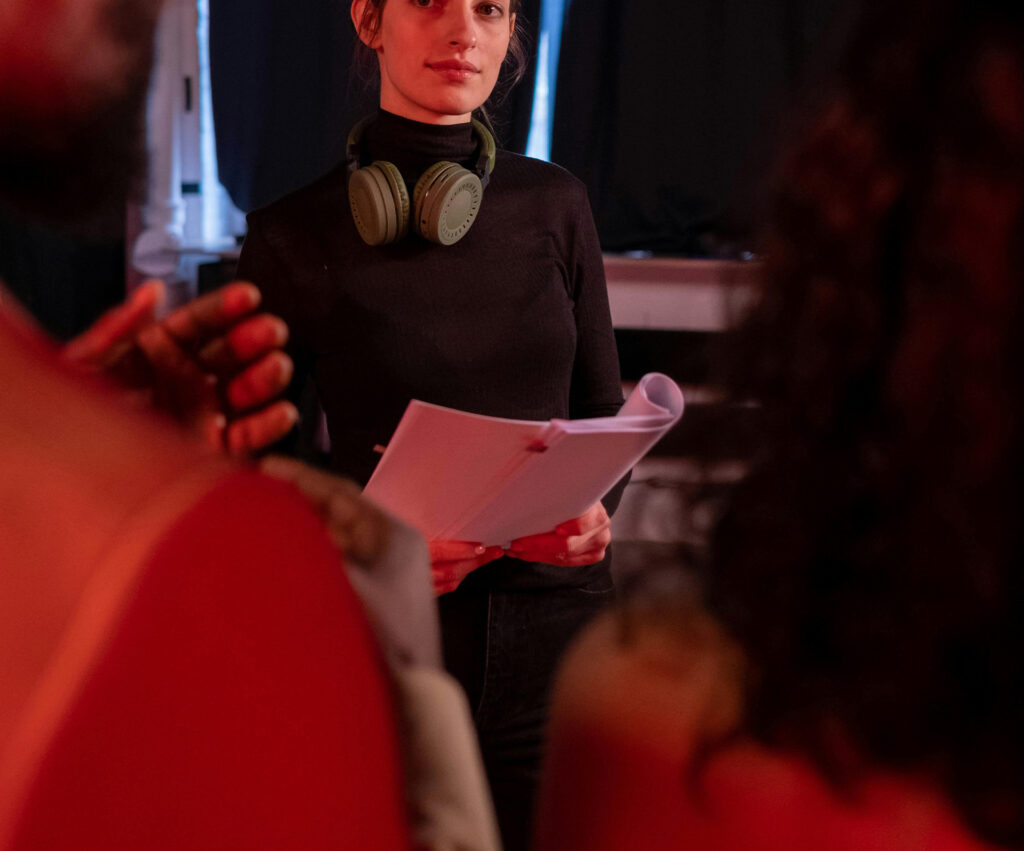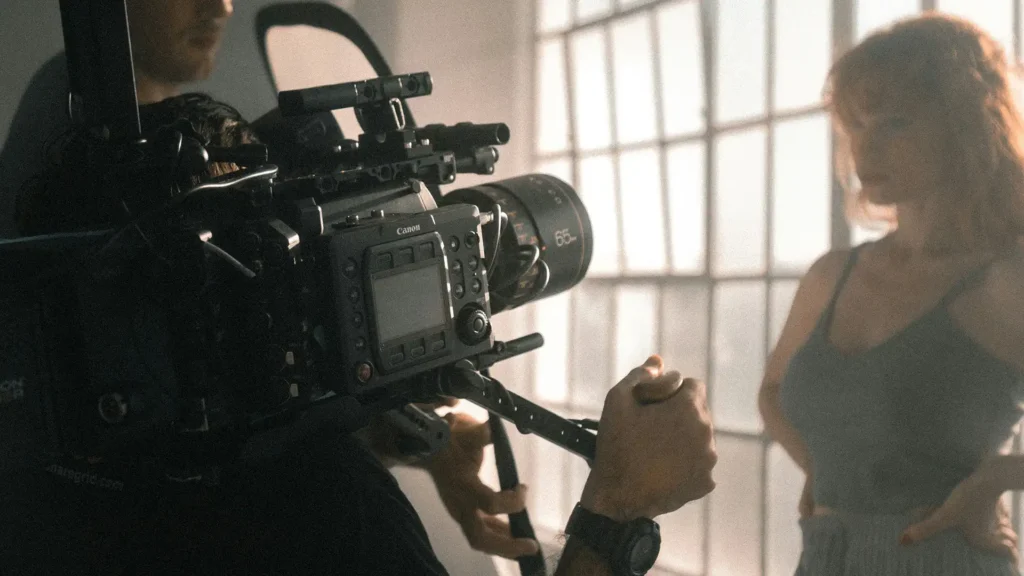As an actor, mastering the ability to cut down a monologue or scene is a crucial skill that can significantly impact your performance and career. Whether you’re preparing for an audition, a showcase, or a performance, knowing how to edit a piece effectively allows you to showcase your talent in a concise and impactful manner. This guide will walk you through the essential steps to refine your monologue or scene without losing its essence.
Understanding the Purpose
Before you start trimming your monologue or scene, it’s essential to understand why you’re doing it. Typically, the need to cut down a piece arises from time constraints in auditions or showcases. Casting directors and judges often have limited time and need to see the best of your abilities in a short span. Therefore, the objective is to maintain the core message and emotional journey of the piece while fitting it into the required timeframe.
Step-by-Step Guide to Cutting Down a Monologue or Scene

1. Identify the Key Moments
The first step is to identify the pivotal moments in your monologue or scene. These are the parts that drive the narrative forward and showcase your character’s arc. Highlight the lines or actions that are crucial to understanding the plot and the character’s development. This process will help you recognise which parts are indispensable.
2. Eliminate Redundancies
Once you’ve identified the key moments, look for any redundancies in the text. Monologues and scenes often contain repetitive information or lines that don’t contribute significantly to the story. Carefully remove these redundant parts while ensuring the remaining text still flows naturally and makes sense.
3. Preserve Emotional Beats
It’s vital to preserve the emotional beats of your monologue or scene. These are the moments that reveal the character’s inner thoughts and feelings, providing depth to your performance. While cutting down the text, ensure that these emotional beats remain intact. The audience should still be able to connect with the character’s journey.
4. Maintain Logical Flow
Your monologue or scene should maintain a logical flow even after cutting down. Ensure that the sequence of events and the progression of the character’s thoughts are coherent. Transitions between different parts of the monologue should be smooth, avoiding any abrupt jumps that might confuse the audience or disrupt the narrative.

5. Test Different Versions
After making your initial cuts, it’s beneficial to test different versions of the monologue or scene. Perform each version and assess which one retains the most impact and clarity. Sometimes, hearing the text aloud can help you identify parts that still feel unnecessary or awkward.
6. Seek Feedback
Getting feedback from others can provide valuable insights into your cuts. Share your edited monologue or scene with peers, acting coaches, or mentors. They can offer constructive criticism and suggest further refinements. Fresh perspectives can highlight aspects you might have overlooked.
7. Refine Your Performance
Once you’ve finalised the text, focus on refining your performance. Ensure that your delivery is dynamic and engaging, even with the shortened text. Pay attention to your pacing, diction, and emotional expression. Practise repeatedly until you feel confident in your performance.
Practical Tips for Effective Cutting

Prioritise Dialogue Over Descriptions:
In monologues and scenes, dialogue usually carries more weight than descriptive passages. If you need to cut down, start with trimming descriptions and stage directions, focusing on retaining the dialogue that drives the story.

Be Objective:
Approach the editing process with an objective mindset. It can be challenging to cut parts you’re attached to, but remember that the goal is to present a powerful and concise piece.

Keep the Essence:
While cutting down, ensure you don’t lose the essence of the character or the story. The edited version should still convey the same message and evoke the same emotions as the original.

Use Pauses Effectively:
In a shorter monologue or scene, strategic pauses can add depth and emphasis to your performance. Use pauses to highlight key moments and allow the audience to absorb the character’s emotions.
Common Mistakes to Avoid

Over-Cutting:
Be cautious not to cut too much. Over-cutting can result in a disjointed performance that lacks coherence and emotional depth. Strive for a balance between brevity and substance.

Ignoring Context:
Ensure that the cuts you make don’t remove important context. The audience should still be able to understand the character’s motivations and the storyline without the omitted parts.

Rushing the Process:
Cutting down a monologue or scene is a meticulous process that requires time and patience. Avoid rushing through it. Take the time to review and refine your edits carefully.
Conclusion
Cutting down a monologue or scene is a skill that every actor should master. It allows you to present your best work within the constraints of auditions and performances. By following these steps and tips, you can effectively trim your text while preserving its core essence and emotional impact. Remember, the goal is to showcase your talent in the most compelling and concise way possible. Happy editing!







